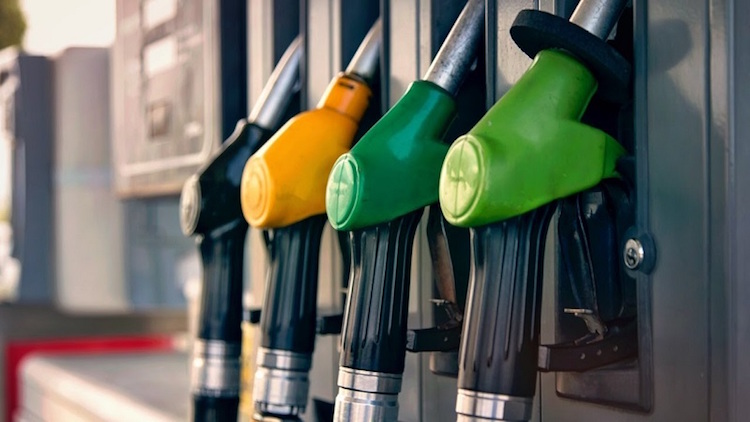There is a runaway rise in fuel prices in the country. So much so that pump prices of petrol and diesel are at a two years’ high. Already reeling from a prolonged economic recession and pandemic-triggered distress, the unrelenting rise in petrol and diesel prices is hurting the common man the hardest. Over the last three weeks, petrol price rose by nearly Rs 2.5 per litre, while diesel became dearer by Rs 3 per litre. Petrol currently sells at nearly Rs 90/per litre, while diesel costs in the upwards of Rs 80.
In the pandemic time when household incomes are at rock bottom, high fuel rates are adding to the general distress of the people. After six days of continuous rise, fuel prices paused for the third day Thursday. Earlier this month, the RBI had flagged rising fuel rates as one of the key drivers of the steep rise in consumer price index (CPI) inflation. The fresh upturn in fuel rates looks to pose a major challenge even as the Indian economy struggles to recover from the damage inflicted by the Covid-induced economic slowdown. Why are fuel prices rising even when the economy is plodding along? There are two factors for the gyrations of fuel prices. One is the change in international crude prices and, secondly, taxes being levied by the Center and the state governments. First, the global factors: In, 2018 the commodity sold at almost $70 per barrel, much higher than what it is right now. A barrel of Brent crude currently costs below $50. Yet, fuel prices are reaching all-time highs. The reason is not far to find. Higher taxes levied by the Centre and state governments are pushing up the pump prices of fuel. For every litre of petrol that we buy we pay in the upwards of `50 towards taxes, while for diesel it is over `40. High level of excise duty (levied by the Centre) and the value added tax (levied by the states) accounts for 65 per cent of petrol and 60 per cent of diesel costs.
The Centre levies around Rs 30 as tax on petrol and diesel. This includes basic excise, special additional excise and road or infra cess. This number has almost doubled over the last year. Added to that are taxes by the state governments which vary from state to state. Criticizing the high fuel rates, BJP leader Subramaniam Swamy has dubbed it a monumental exploitation by the Centre of the people of India. Swamy said petrol must sell at maximum Rs 40 per litre. Fuel tax constitutes a lion’s share of state finance and that is why state governments never want to bring it to within the ambit of the goods and services tax (GST).
The higher the prices go up the fatter becomes the government’s kitty. Both the Centre and the state governments do not care for the mindless rise in fuel prices even as the poor suffer silently. Ironically, tax receipts of the government have fallen even as the excise on petrol and diesel has grown sharply. The Centre’s receipts from excise duty, a bulk of which is generated from petrol and diesel and crude oil sales, have shown a 40 per cent year-on-year rise. High fuel prices will blunt public consumption of fuel and will prove counter-productive for the economy. That apart, the unforeseen fuel rates will stoke resentment among public as fuel is a major input in rising consumer price inflation. India’s retail inflation is close to a seven-year high of 7.6 per cent. Food inflation has already seen a steep rise and high fuel costs have further increased the grocery bills. The public anger is building up amid high inflation.
It was reflected in the success of the Bharat Bandh called by the farmer unions Tuesday. The bandh was spontaneous and got enormous public sympathy. But this torturous exploitation of the poor must stop before it becomes too late for the government.
